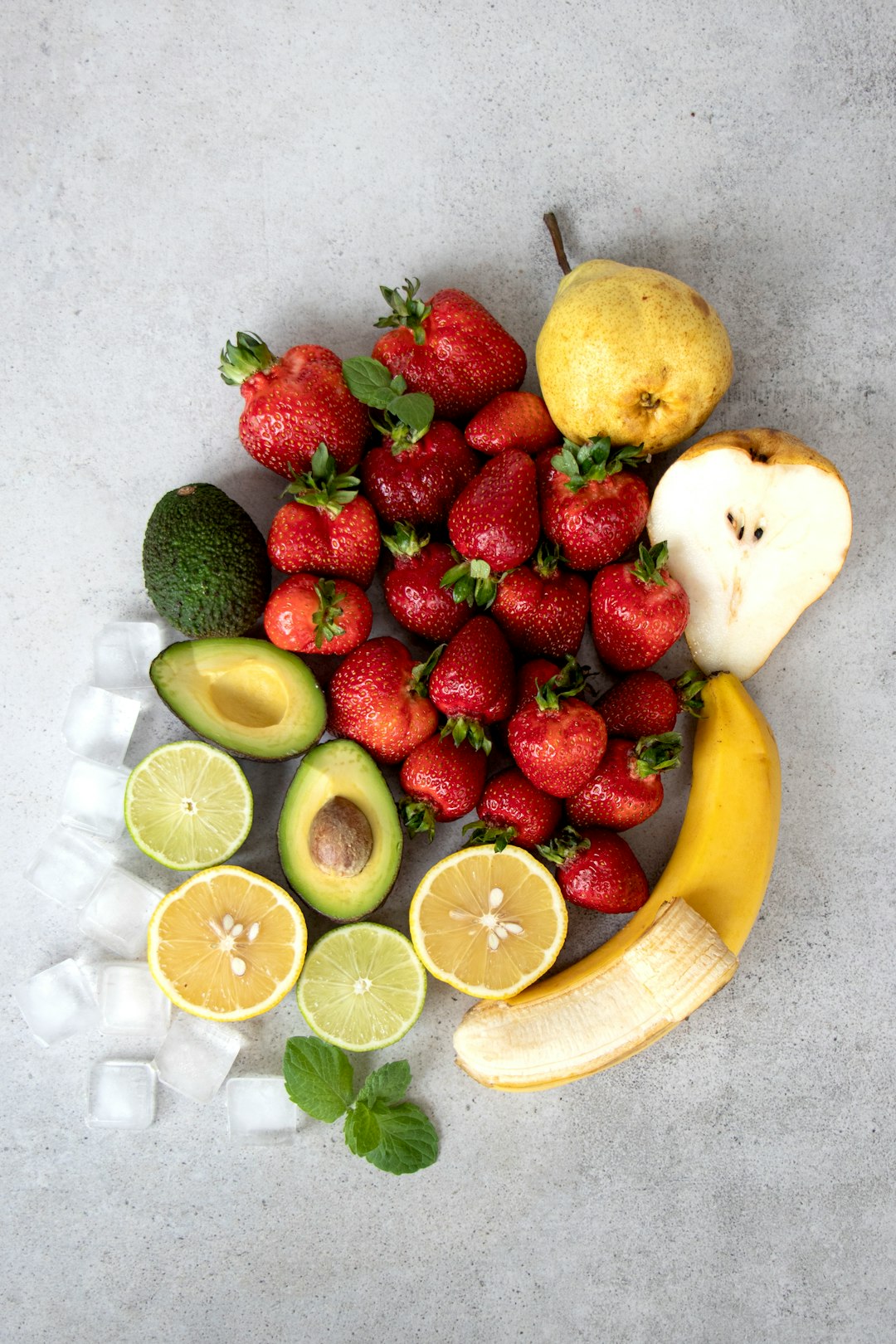 Photo by Tetiana Bykovets
Photo by Tetiana BykovetsOriginally Posted On: https://scalarlight.com/natural-sources-of-vitamins-and-minerals/
We hear all the time that we need to make sure we get all of our vitamins and minerals. In fact, an entire industry of supplements, fortified foods and vitamin products has built up around the fact that our convenience foods simply don’t provide us with enough nutrition. However, increasingly, experts are telling us to step away from the colorful bottles of vitamin gummies and shiny canisters of mineral supplements. Instead, we should look for natural sources of vitamins and minerals.
What are Vitamins and Minerals?Vitamins and minerals are basically chemicals that we need in our bodies. They do all kinds of jobs, from helping us metabolize our food to growing new tissue and healing. Basically, every function that goes on within the human body requires vitamins and minerals to make it happen. Some of these are incredibly important, and the body needs a substantial supply, such as calcium and iron. Some of them are minor and the body only needs a tiny amount, such as the macro-vitamins. All of them are important if we want to be healthy and well, and natural sources of vitamins and minerals are always best.
Why Choose Natural Sources of Vitamins and Minerals?Harvard Medical School tells us that we should be looking to our plates, not our medicine cabinets for nutrition,
“Vitamin and mineral supplements from a bottle simply can’t match all the biologically active compounds teeming in a well-stocked pantry. By focusing on the big picture, it’s easy to get plenty of the vitamins, minerals, and other micronutrients you need to keep you healthy and prevent disease.”
Natural Sources of VitaminsVitamins are found in a wide variety of foods. In fact, almost everything you eat will have some vitamin content. However, it is important to choose nutritionally dense foods in order to get enough of the essential vitamins that the body needs. It helps if you know what some of the richest natural sources of vitamins are and try to include them in your diet.
Using USDA Nutritional Data, the health website My Food Data tells us,
“The top 15 foods highest in vitamins include fish, dark leafy greens, seeds, broccoli, pork, beef, lamb, mushrooms, nuts, eggs, sweet bell peppers, avocados, peas, winter squash, and fruits.”

Minerals are inorganic compounds, so they are not produced by humans, animals, or plants, but instead come from the earth. They are absorbed into plants, and then into animals who eat the plants. In this way, minerals pass from the rocks and water into the food chain. They are essential for health, even though we need very little of some of them.
My Food Data says,
“The top 15 foods highest in minerals include nuts, dark leafy greens, beans, seeds, shellfish, fish, mushrooms, whole grains, low-fat dairy, beef and lamb, whole grains, avocados, cheese, dried fruits, and tofu.”
Vegetarian SourcesIt may be surprising to find that there are meats on the list, rather than just vegetables and fruits, but some vitamins are fat-soluble, which means they need fats in order for the body to absorb and use them. There are good sources of these vitamins and minerals available for vegetarians in the form of nuts, seeds, leafy greens, and dark orange vegetables.
Choosing Natural Sources of Vitamins and MineralsIt is very interesting to note that some foods appear on both of these lists, making them excellent sources of both vitamins and minerals. Let’s take a look at some of these nutritionally powerful foods.
Nuts and seeds – these are high in vitamin E, B vitamins including niacin, folate and B6. Nuts and seeds are rich in minerals including calcium, selenium, phosphorus, potassium, zinc, magnesium, iron, and copper.
Dark leafy greens – dark leafy greens such as kale and spinach are packed with fiber and antioxidants as well as vitamins and minerals. Dark green leafy vegetables typically contain B vitamins, vitamin C, vitamin K and a range of minerals including calcium and iron.
Fish – fish and shellfish pack a nutritional punch with omega-3 fatty acids as well as vitamins D and B2. It is particularly high in minerals including potassium, iron, iodine, calcium, zinc, and phosphorus.
Beef/Lamb – meat is a good source of iron and zinc because as fat-soluble compounds, these are more easily absorbed from meat sources than from plant sources. These meats also contain vitamin B vitamins, pantothenic acid, and phosphorus as well as omega-3 acids
Mushrooms – mushrooms are very nutritionally dense, containing a range of B vitamins as well as magnesium, potassium, copper, and zinc. If they have been exposed to sunlight, they are also rich in Vitamin D.
Fruit – getting a broad range of different fruits is a good way to increase nutritional intake. While different fruits vary in composition, they tend to be rich in potassium, vitamin C and folate. Smaller, darker berries tend to be more nutritionally dense, while brighter, ‘sunshine’ citrus fruits are good sources of vitamin C and minerals.
Eat the RainbowIt would be extremely time-consuming to calculate your daily requirements of vitamins and minerals and then work out a daily diet that meets those needs precisely. Instead, it is enough to know what foods are nutritionally rich and then try to include them on a regular basis. A great rule of thumb is to try to eat the rainbow each day. Think about your meals and how you can add some color to them. Some leafy green veggies and bright red bell peppers or tomatoes with a meal can greatly increase your intake from natural sources of vitamins and minerals. A tasty fruit salad with different colored fruits is a great snack or dessert. Instead of counting milligrams, think about colors and eat the rainbow!
